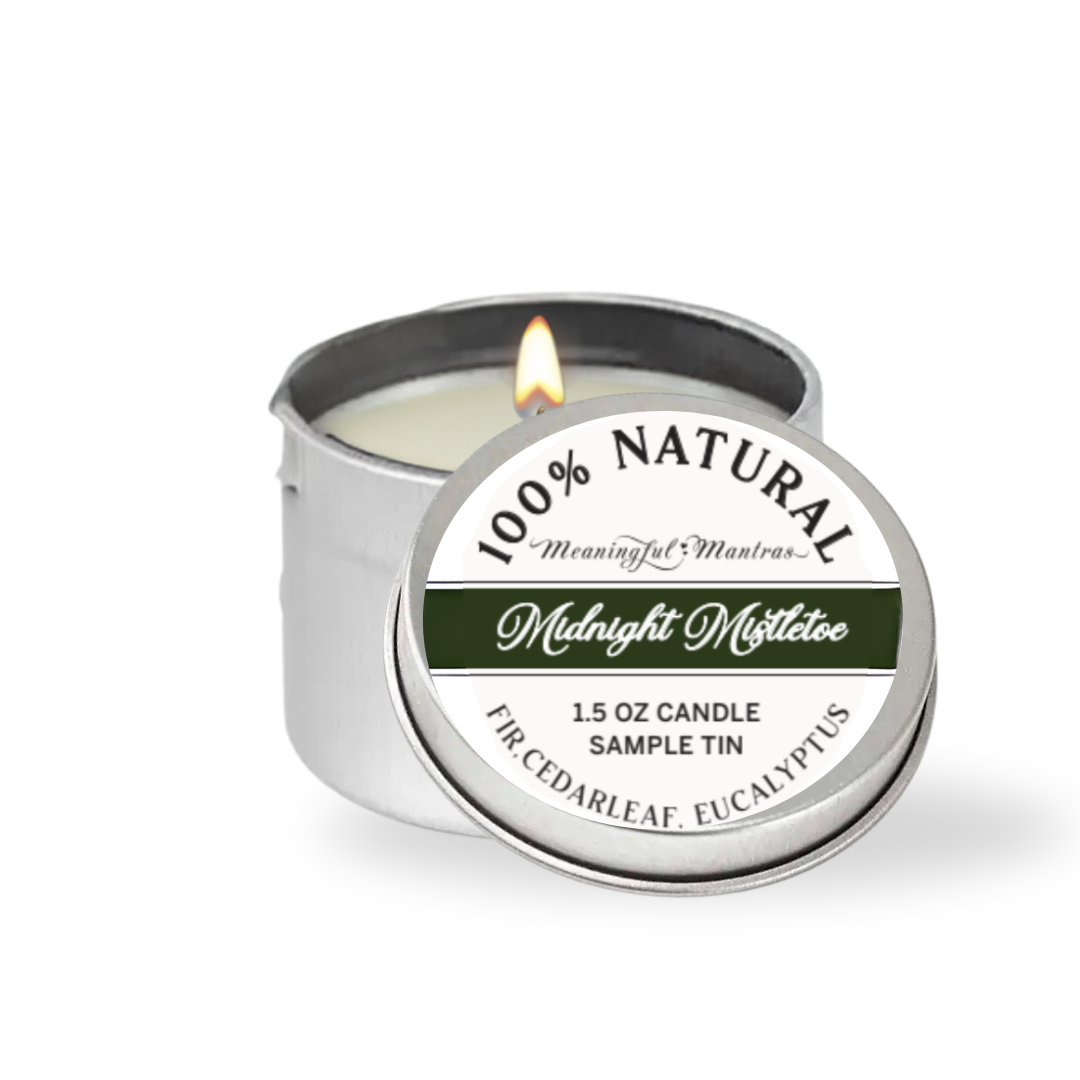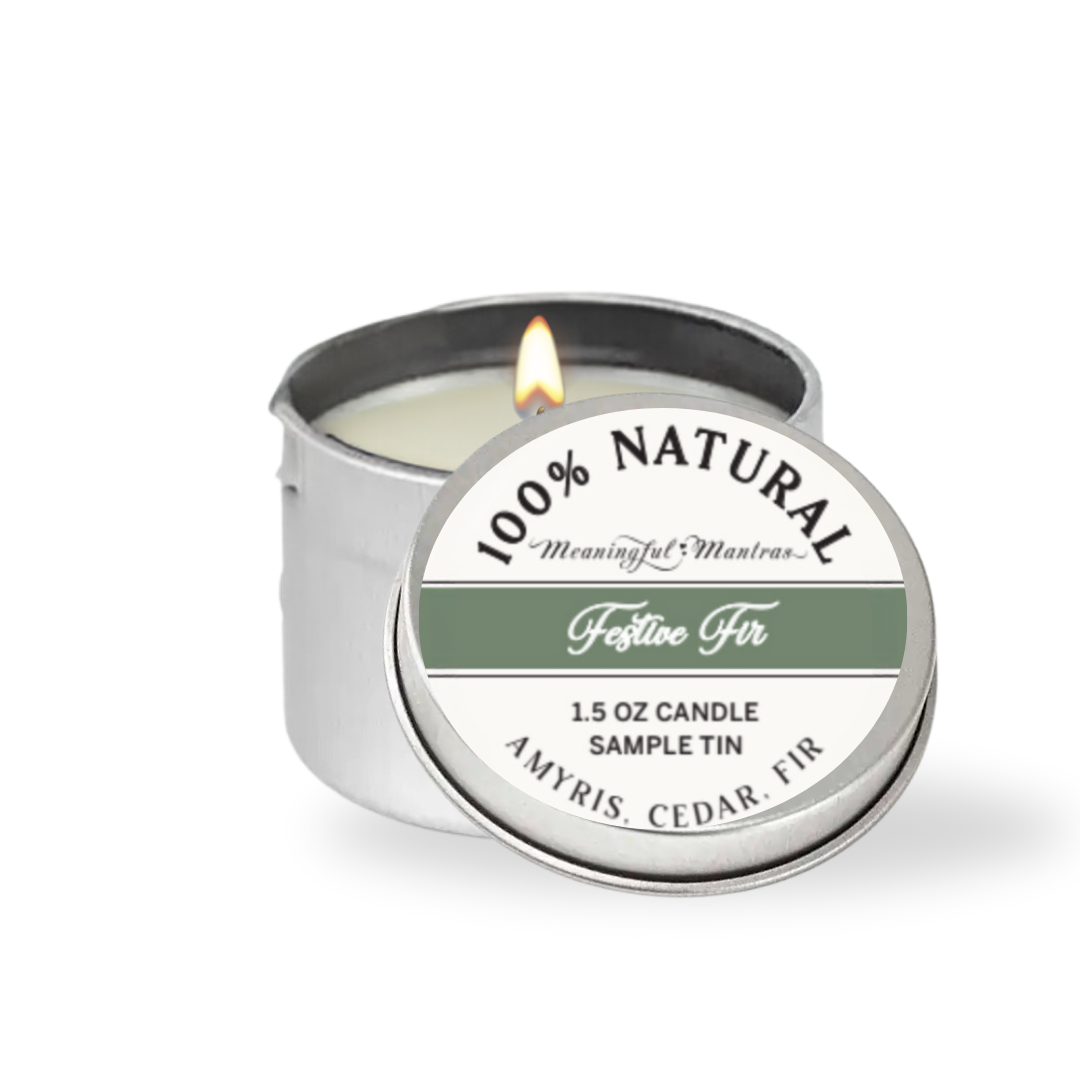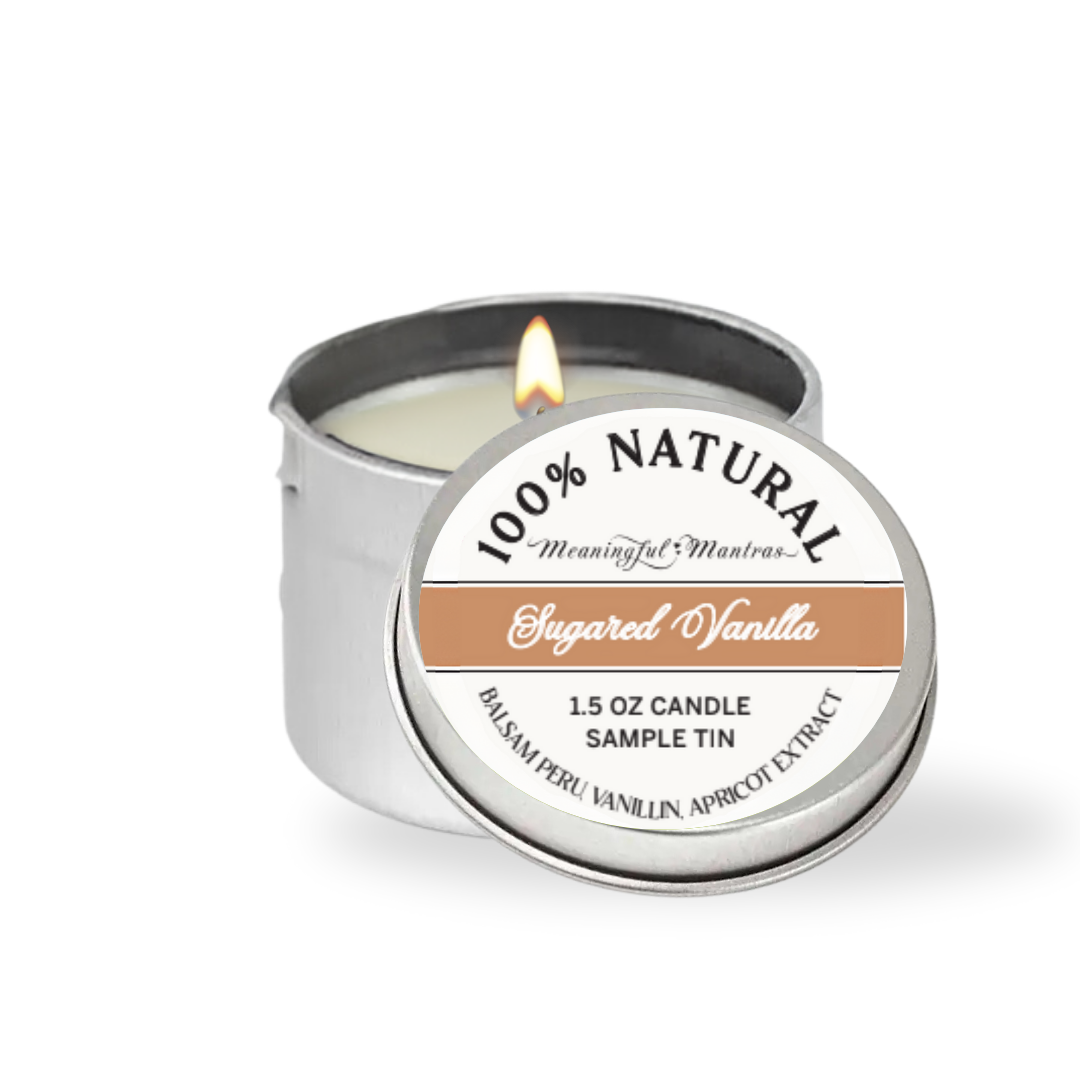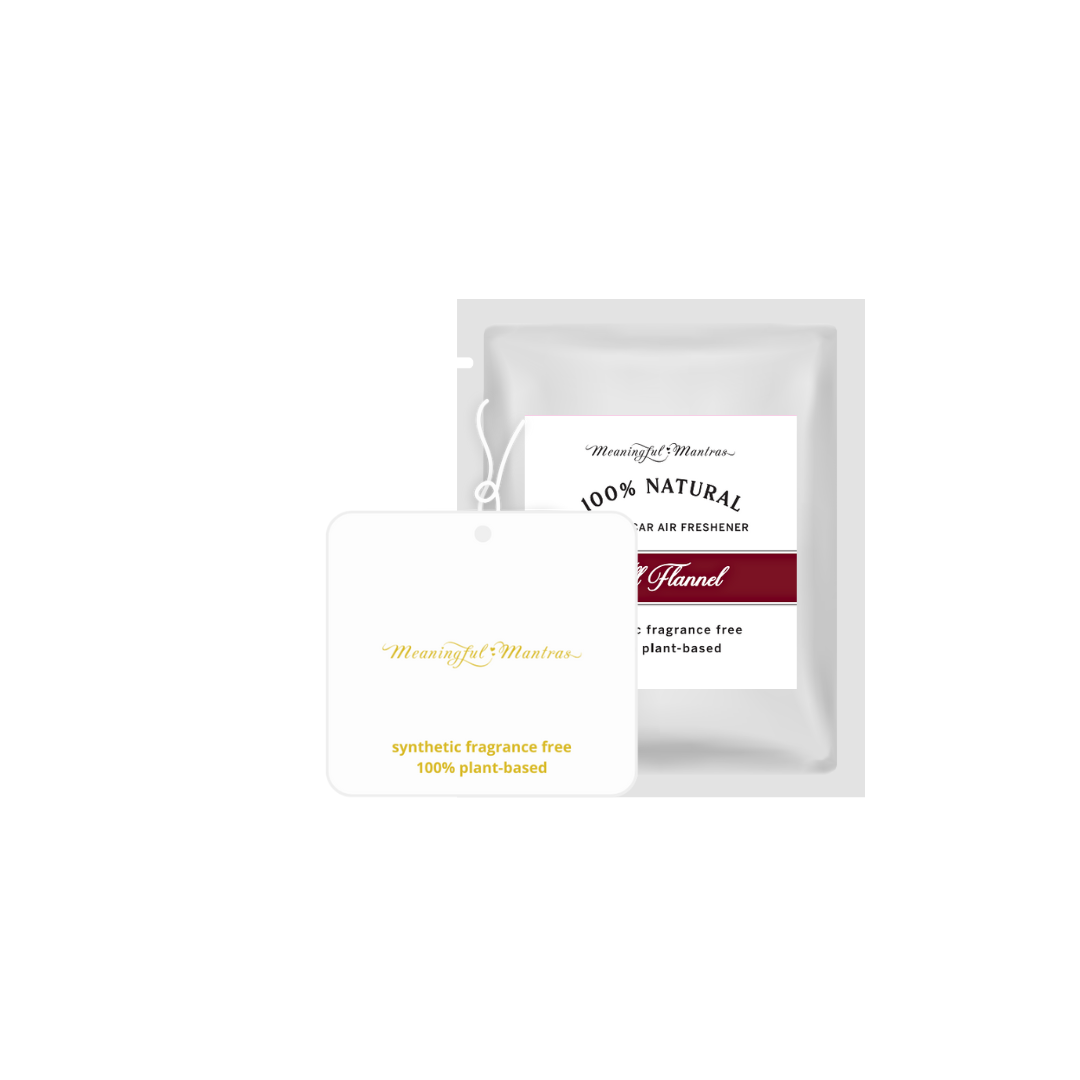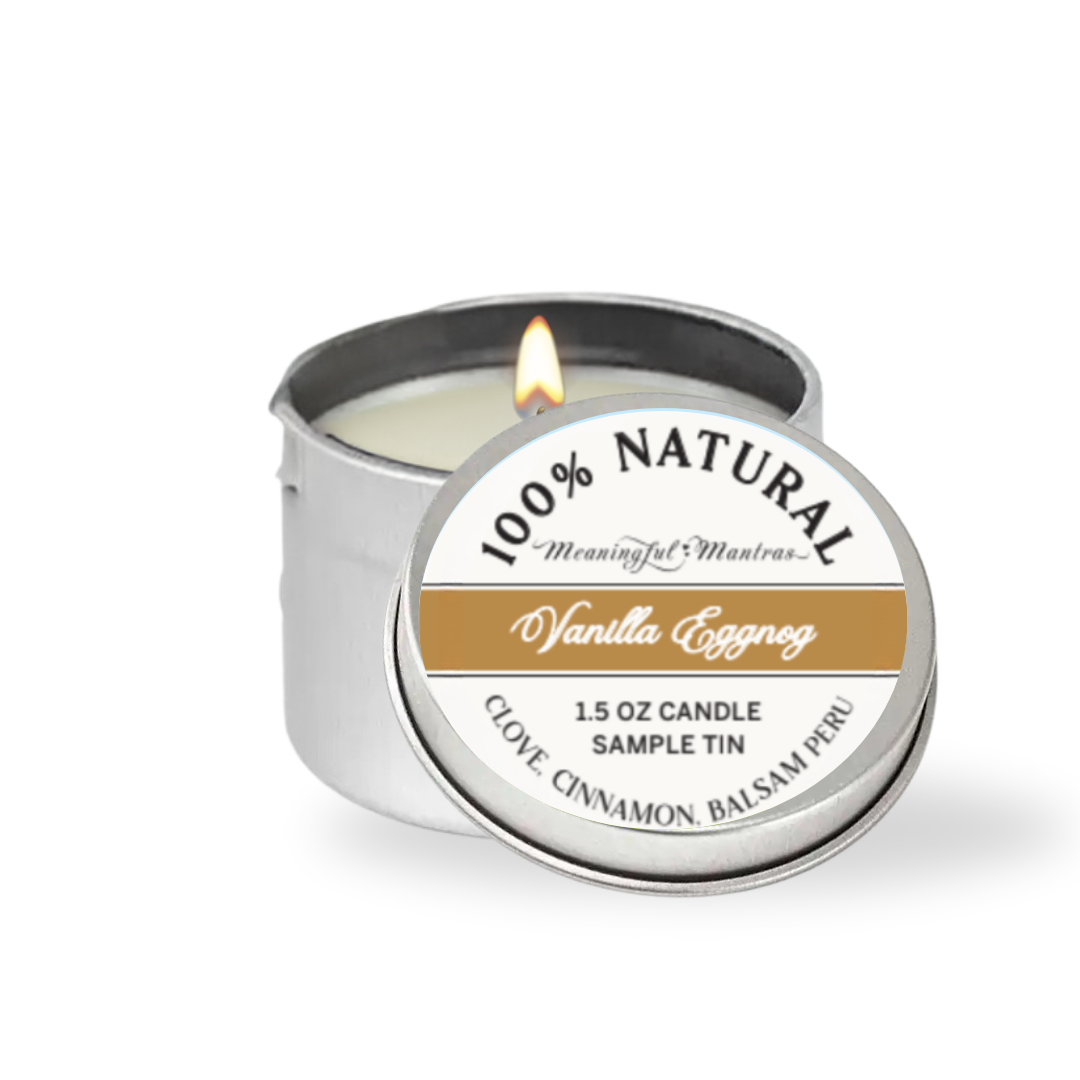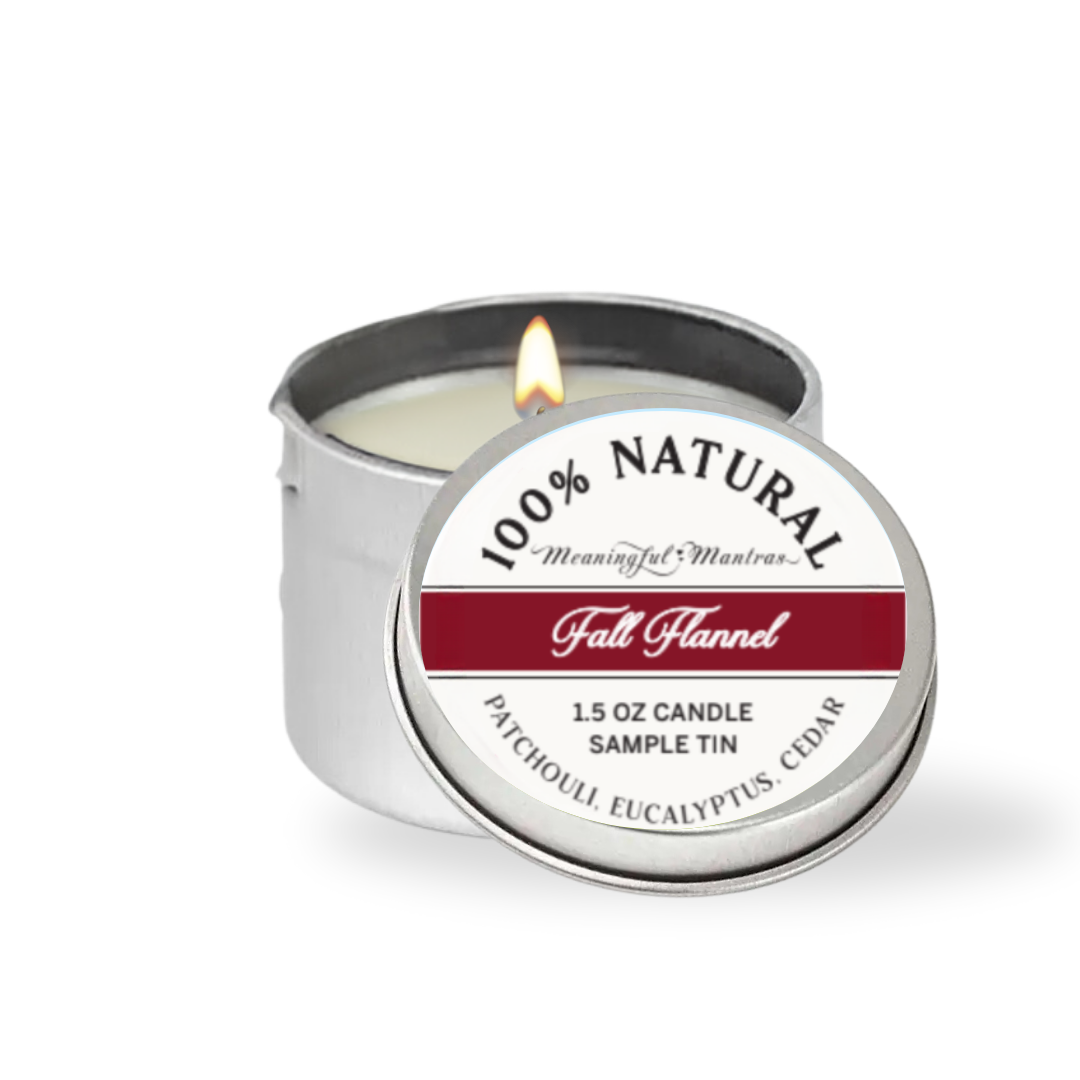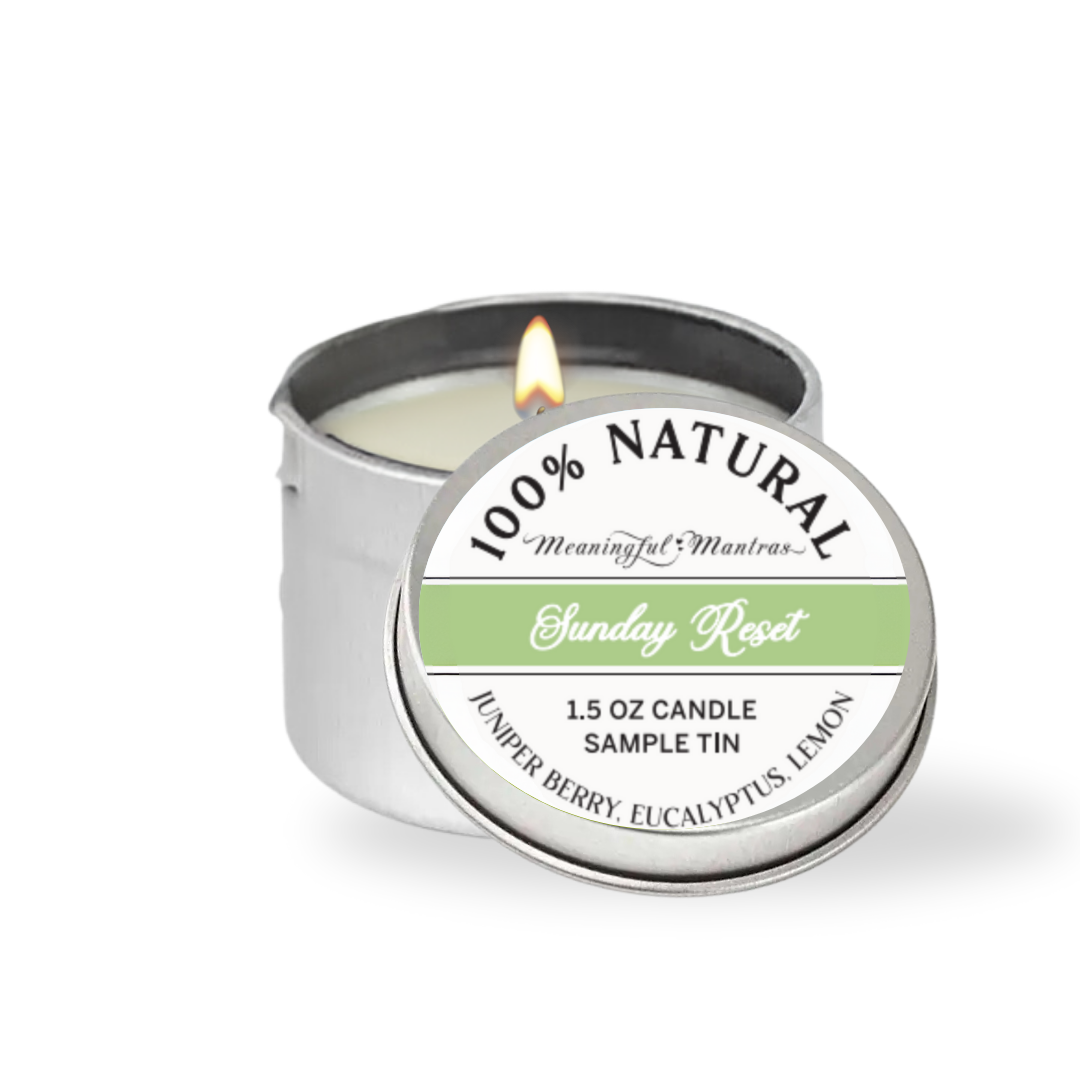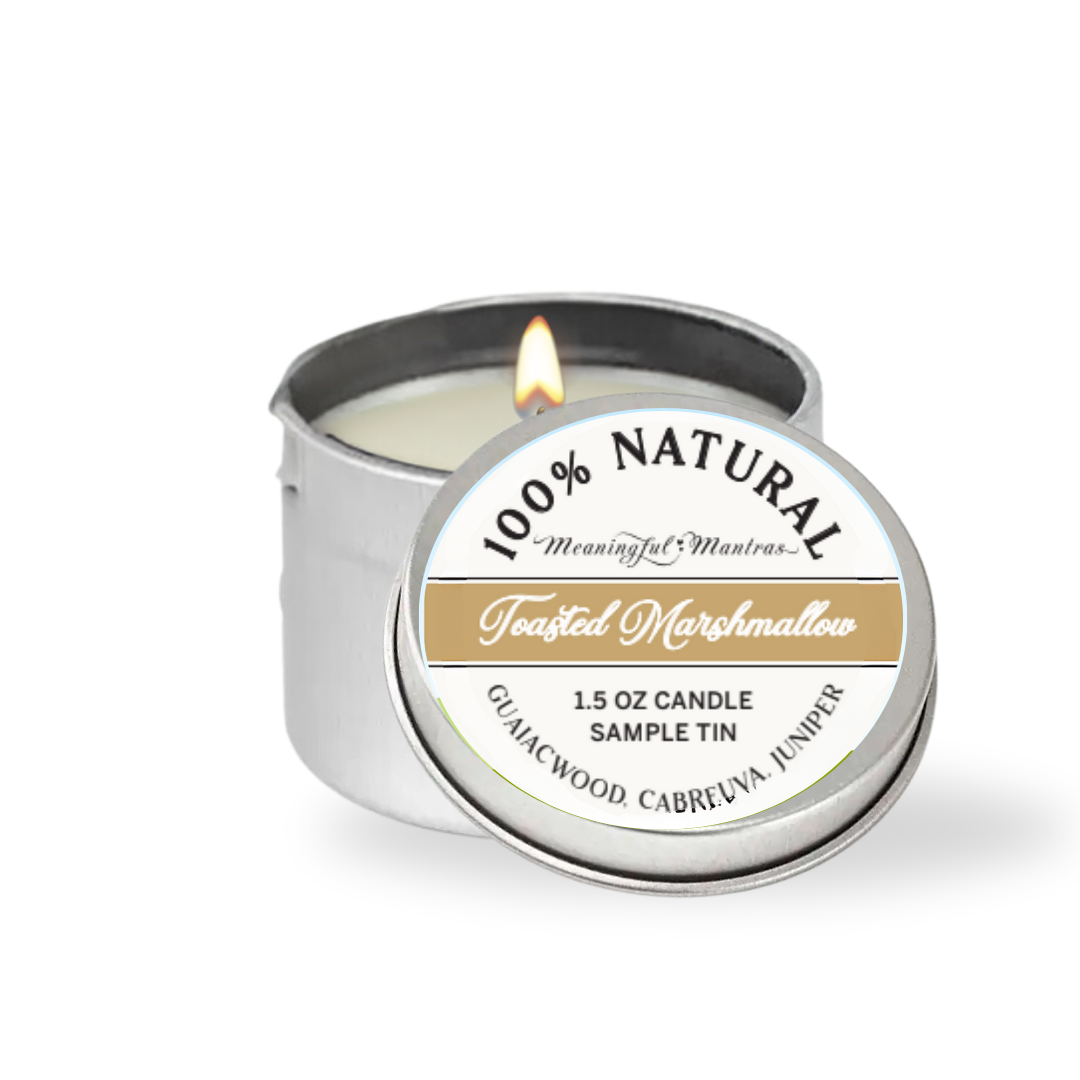Guidelines for Safe Use of Scented Candles and Wax Melts in the Home
Scented candles and wax melts often play the understated role of mood setters and ambiance creators in our homes, much like the subtle yet impactful presence of Irish whiskey in the world of spirits. They carve their niche with an unparalleled ability to transform any room into a sanctuary of comfort and relaxation. This unique character sets them apart in the vast world of home fragrances, offering a distinct experience that distinguishes scented candles and wax melts as categories in their own right.
Key types include soy, beeswax, and paraffin candles, as well as various formulations of wax melts, each known for their distinct burn times, scent throw, and environmental impact. Single-use wax melts stand out, offering a flameless but aromatic choice for fragrance lovers. Going a bit deeper, each type of scented candle and wax melt presents its own set of fragrances, burning techniques, historical significance, and recommendations for use in different settings.
The following sections will explore these aspects in detail, providing a richer understanding of what makes scented candles and wax melts cherished elements in homes worldwide.

What are scented candles and wax melts?
Scented candles and wax melts are the cozy cousins in the family of home fragrances, each bringing their own special touch to the atmosphere. Scented candles are like the versatile storytellers of aroma, crafted from materials like soy, beeswax, or paraffin, and infused with oils to release delightful scents as they burn. They're the go-to for adding a warm glow and a soft, inviting fragrance to any room.
On the flip side, wax melts serve up scent without the flame, melting in a warmer to waft their fragrances through your space. They're the flameless wonders, perfect for those who prefer not to light a wick but still crave the sensory pleasure of a scented home. Whether it's the flicker of a candle or the gentle warmth of a wax melt, both bring their unique brand of comfort and ambiance to the home, making them cherished by many for their ability to enhance and personalize living spaces.
Here's a detailed comparison of the different types of scented candles and wax melts:
| Material | Burn Time | Environmental Impact | Popular Scents | Effects |
|---|---|---|---|---|
| Soy | Long | Low | Lavender | Relaxation, stress relief |
| Citrus | Energizing, uplifting | |||
| Beeswax | Very Long | Very Low | Honey | Comforting, soothing |
| Wildflowers | Refreshing, calming | |||
| Paraffin | Shorter | Higher | Vanilla | Comforting, mood-enhancing |
| Ocean Breeze | Refreshing, invigorating | |||
| Wax Melts | Varies | Depends on wax type | Cinnamon | Warming, stimulating |
| Apple | Invigorating, homely |

Why is safety important with these products?
When it comes to scented candles and wax melts, safety isn't just a precaution; it's a necessity. These fragrant delights, while transforming our homes into havens of comfort, carry inherent risks if not used responsibly. Candles, with their open flames, pose a fire hazard, especially when left unattended or placed near flammable materials.
According to the National Fire Protection Association (NFPA), candles cause an estimated 8,200 home fires each year, leading to an average of 80 deaths and 770 injuries. The winter months, particularly December, have the highest incidence of candle fires, with 37% occurring in bedrooms where people are likely to fall asleep without extinguishing the flame. Wax melts, though flameless, require electric or tea light warmers, which, if faulty or misused, can lead to accidents.
Improper use of wax melts, such as leaving a warmer on for too long or using a non-compatible warmer, can result in overheating and potential fire risks. Moreover, the very air quality of our homes is at stake; improper use can lead to the accumulation of soot or the release of harmful toxins, compromising the health of our loved ones. Thus, understanding and adhering to safety guidelines ensures that our pursuit of a beautifully scented home does not come at the cost of our well-being.
By being aware of these statistics and potential hazards, it becomes clear why safety measures are not just recommended but essential. Ensuring the proper use of scented candles and wax melts can significantly reduce the risk of fire and injury, making our enjoyment of these products both safe and satisfying.
How to use scented candles safely
Embracing the ambiance of scented candles safely means paying attention to the details. First and foremost, choosing the right location is key; it should be away from any drafts, flammable materials, and out of reach of children and pets. Placing candles on a stable, heat-resistant surface ensures they don't tip over or heat up the furniture they're on.
It's also crucial to keep the area well-ventilated to avoid the buildup of pollutants or overwhelming scents. Monitoring the candle involves not just watching the flame but also never leaving it unattended. Before lighting, always trim the wick to 1/4 inch; this simple step can significantly reduce soot and improve burning efficiency.
Choosing the right location
Select a spot away from drafts and high-traffic areas. A stable location ensures the candle burns evenly and safely, enhancing both aroma and ambiance. For example, placing a candle near an air vent can cause rapid burning or uneven melting due to the increased air flow, potentially leading to a shorter lifespan for the candle and uneven scent distribution.
Away from flammable materials
Position candles at least a few inches away from anything that can catch fire—curtains, books, paper, and other flammable items—to prevent accidental fires. A real-life incident involved a candle placed too close to a decorative curtain during a dinner party, leading to the curtain catching fire and causing significant damage to the dining area.
On a stable, heat-resistant surface
Always place candles on a sturdy candle holder or a heat-resistant surface that won't tip over easily and can withstand heat without damage. A cautionary tale involves a candle that was placed on a plastic surface, which melted from the heat of the candle, causing the candle to tip over and start a small fire.
Keeping the area well-ventilated
Ensure good airflow by opening a window or providing adequate ventilation to disperse the scent evenly without overwhelming the space or causing air quality issues. Inadequate ventilation can lead to a buildup of soot on walls and ceilings, as experienced by a homeowner who regularly burned candles in a poorly ventilated room.
Preventing buildup of pollutants
Regularly ventilating the area helps minimize the accumulation of soot and other potential pollutants from candle smoke, maintaining a healthier indoor environment. An example of this is when continuous use of candles in an enclosed space led to visible soot deposits on furniture and walls, requiring extensive cleaning.
Monitoring the candle
Keep an eye on burning candles, checking for a steady, controlled flame and ensuring it's burning correctly to avoid any hazards. There have been instances where unmonitored candles have led to fires, emphasizing the importance of vigilance.
Never leaving it unattended
Extinguish all candles before leaving a room or going to sleep. Never leave a lit candle unwatched to ensure safety and peace of mind. A notable incident occurred when a family forgot to extinguish a candle before going to bed, resulting in a fire that caused significant property damage.
Trimming the wick to 1/4 inch before each use
A trimmed wick promotes a cleaner burn, reduces soot, and extends the life of your candle, making each session as enjoyable as the first. Longer wicks can lead to larger, uncontrolled flames or excessive soot production, as seen in cases where untrimmed wicks have caused soot to accumulate on nearby surfaces and even led to glass containers cracking under intense heat.
How to use wax melts safely
Wax melts offer a flameless alternative to scented candles, but they still require a mindful approach to safety. The key is using the correct warmer, specifically one that's designed for wax melts, ensuring it properly melts the wax without overheating. It's important to ensure compatibility between the wax melt and the warmer, as different types of wax have varying melting points.
Avoiding overheating is crucial; too much heat can lead to accidents or diminish the fragrance. Always follow the manufacturer's instructions for both the wax melts and the warmers, as they provide the safest and most effective guidelines for use. By adhering to these safety practices, you can enjoy the aromatic benefits of wax melts while keeping your home safe.
Using the correct warmer
Select a warmer specifically designed for wax melts to ensure efficient and safe melting. This helps in evenly distributing heat without causing the wax to overheat, ensuring your space is filled with fragrance, not hazards. Using an incorrect warmer, such as one designed for liquid oils, can lead to insufficient heating, where the wax melt doesn't fully melt, resulting in poor scent distribution or, conversely, overheating that can degrade the fragrance oils or become a fire hazard.
Ensuring compatibility with the wax melt
Check that your wax melts and warmer are compatible. Different wax types may require different temperatures to melt properly, so it's crucial to match the wax melt with the appropriate warmer to maximize scent dispersion and longevity. Incompatibility can lead to issues such as the wax not melting properly, leading to a weak scent throw, or the wax overheating, which can potentially damage the warmer or reduce the quality of the fragrance.
Avoiding overheating
Keep an eye on the warmer to prevent overheating the wax. Overheated wax can lose its fragrance quickly and, in some cases, become a safety hazard. Use a timer or check periodically to maintain the right temperature, preserving the quality and scent of your wax melts.
Overheating can also cause the wax to become too liquid and hot, posing a risk of burns if accidentally touched.
Following manufacturer's instructions
Always adhere to the guidelines provided by the manufacturers of both the wax melts and the warmer. These instructions are designed to ensure optimal performance and safety during use, helping you enjoy the full aromatic benefits without compromise. Ignoring these guidelines can lead to improper use, such as leaving the warmer on for too long or using wax melts that are not intended for your specific type of warmer, both of which can increase the risk of accidents and diminish the product's effectiveness.

What to do in case of an accident
In the event of an accident involving scented candles or wax melts, prompt and appropriate action is essential. If a fire occurs, extinguish it immediately with a fire extinguisher or, for smaller flames, baking soda can be an effective alternative. Never use water on wax or oil fires, as this can spread the fire further.
For burns, cool the affected area under cold water for at least 10 minutes to reduce pain and swelling. Do not apply ice directly to the burn, as this can cause further skin damage. If the burn is severe or covers a large area, seek medical attention immediately.
Remember, being prepared and knowing how to respond can significantly mitigate the effects of an accident, ensuring the safety and well-being of everyone in the home.
Extinguishing fires
In case of a fire, act quickly to extinguish it. If it's small and manageable, a fire extinguisher or baking soda can be used effectively. For different types of fires, it's important to use the appropriate fire extinguisher:
- For wax or candle fires: A Class B fire extinguisher is most suitable as it is designed for flammable liquids, including wax.
- For electrical fires (such as those that might occur with faulty warmers): Use a Class C fire extinguisher, which is safe for use on electrical fires.
Using a fire extinguisher or baking soda
For candle or wax melt fires, avoid water as it can spread the fire. Instead, use a fire extinguisher for larger fires or baking soda for smaller ones. It's crucial to know how to operate a fire extinguisher—remember the acronym PASS: Pull the pin, Aim low at the base of the fire, Squeeze the handle, and Sweep the nozzle side to side.
Treating burns
If a burn occurs, immediate care is necessary. Start by gently cooling the burn with cold water to alleviate pain and prevent further damage. After cooling:
- Cover the burn with a sterile, non-adhesive bandage or clean cloth.
- Avoid applying creams, ointments, or ice directly to the burn, as this can cause further damage.
- Take over-the-counter pain relief if necessary, but avoid aspirin in children or teenagers.
Cooling the burn under cold water
Run cool, not cold, water over the burn for at least 10 minutes. This helps reduce swelling and eases the pain without causing additional harm to the skin. Avoid using ice water as it can lead to further tissue damage.
Seeking medical attention if severe
For serious burns, especially those that cover a large area or are deep, seek professional medical attention immediately to ensure proper care and healing. Signs that a burn requires medical attention include:
- Burns that cover the hands, feet, face, groin, buttocks, or a major joint
- Third-degree burns, which may look white, charred, or leathery
- Burns that do not heal within a few weeks
Tips for storing these products
Proper storage of scented candles and wax melts is essential to preserve their fragrance and quality over time. Keeping these products away from heat sources is crucial to prevent melting or warping, which can affect their performance and scent release. Storing in a cool, dry place ensures that the integrity of the wax and the fragrance oils is maintained, preventing deterioration.
This not only helps in extending the life of your scented products but also ensures they remain ready to fill your home with delightful aromas whenever you choose to use them. By following these simple storage tips, you can enjoy the maximum benefits of your scented candles and wax melts for as long as possible.
Ideal Storage Solutions for Scented Candles and Wax Melts
| Storage Solution | Description | Benefits |
|---|---|---|
| Airtight Containers | Containers with airtight seals, such as glass jars with rubber gaskets. | Protects from dust and preserves fragrance; prevents scent from fading. |
| Cool, Dark Places | Drawers, cabinets, or closets away from direct sunlight and heat sources. | Prevents melting or warping; maintains the integrity of the wax and fragrance oils. |
| Original Packaging | Keeping the products in their original boxes or wrappers. | Offers protection from environmental factors; useful for retaining detailed usage instructions. |
| Temperature-Controlled Areas | Areas of the home that remain at a consistent, cool temperature. | Ensures wax melts and candles do not soften or melt, preserving their form and scent. |
| Away from Heat Sources | Storing away from radiators, stoves, or areas that may become warm. | Prevents accidental melting or deformation, keeping the products in their intended shape. |
By utilizing these storage solutions, you can significantly extend the life and preserve the quality of your scented candles and wax melts. Each solution offers unique benefits, from protecting the fragrance to maintaining the physical integrity of the products. Choose the best option based on your available space, the quantity of your collection, and the specific needs of your scented products.
Common mistakes to avoid
Navigating the world of scented candles and wax melts can enhance your living space, but it's easy to fall into common pitfalls that may compromise safety and enjoyment. One major mistake is leaving candles unattended; this oversight can lead to potential fire hazards. Another error is using candles near flammable materials, such as curtains, books, and decor items, which poses a risk of ignition.
Additionally, neglecting to trim the wick or not using the correct equipment for wax melts can affect the quality of the scent and the longevity of the products. By being aware of these common mistakes and taking steps to avoid them, you can safely enjoy the ambiance and fragrance that scented candles and wax melts bring into your home.
Leaving candles unattended
One of the most critical mistakes to avoid is leaving candles unattended. Even for a short period, this can significantly increase the risk of an accidental fire.
Risk of fire
Unattended candles can quickly become a fire hazard, especially in rooms where there's potential for something to catch flame without immediate intervention.
Using near flammable materials
Placing candles close to flammable materials like curtains, books, and decorative items not only endangers your home but also compromises the safety of everyone in it.
Curtains, books, and decor items
These common household items can easily ignite if a candle flame comes into contact with them. Always ensure a safe distance between candles and any potentially flammable objects.

